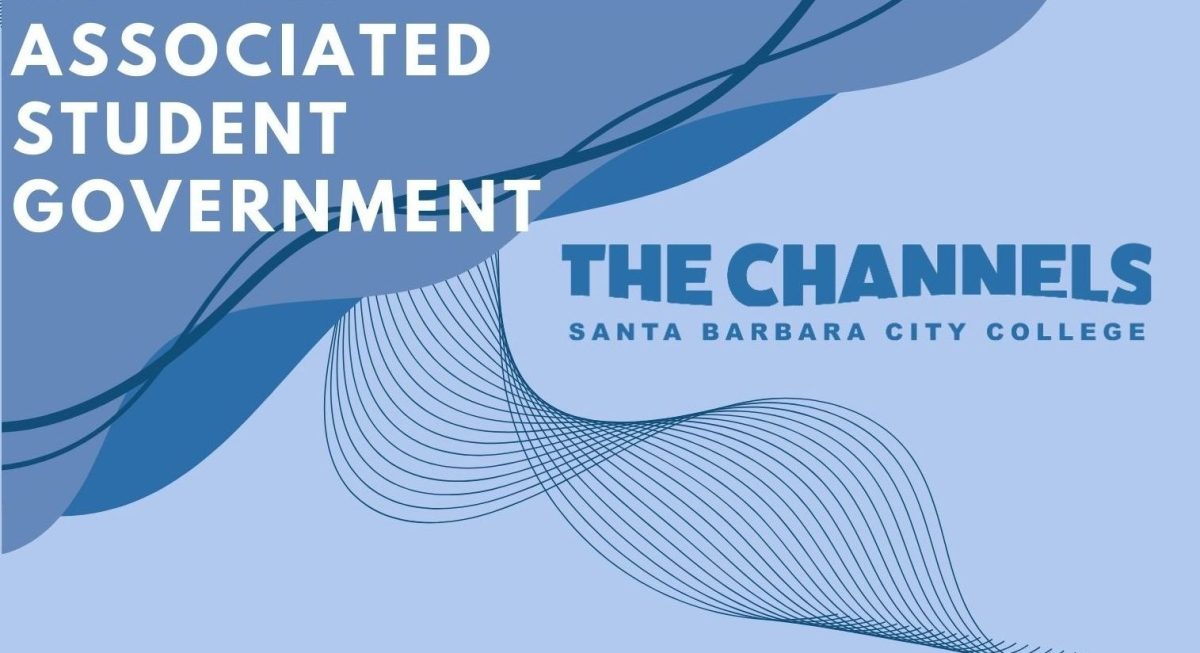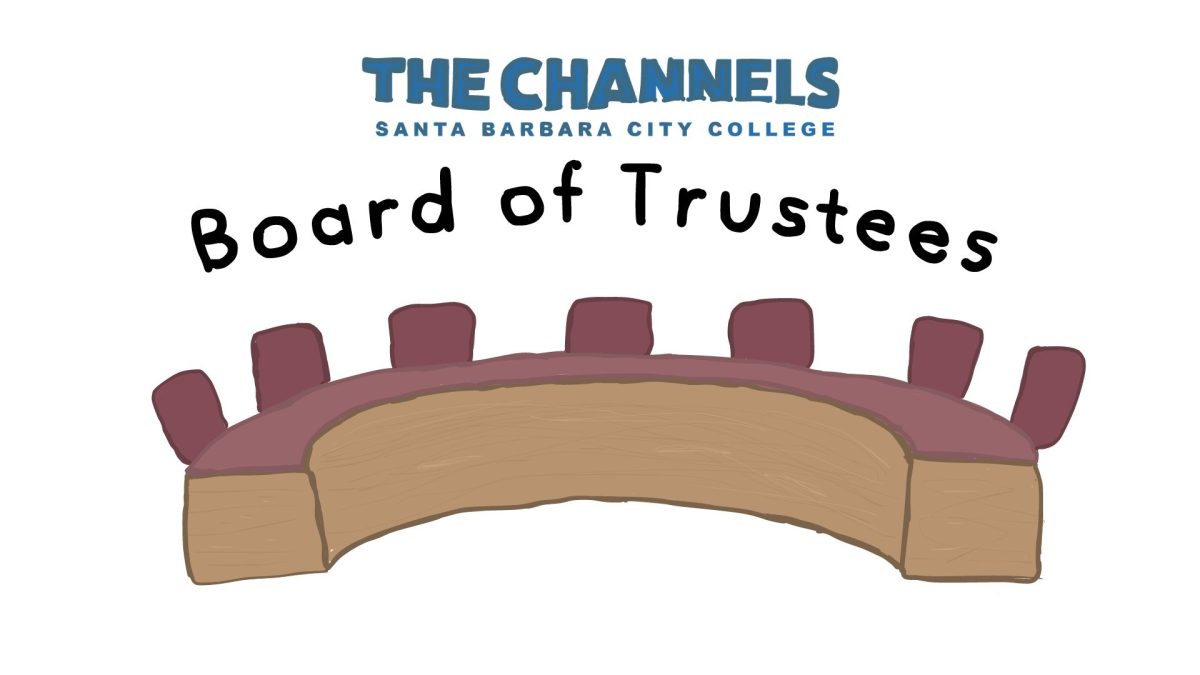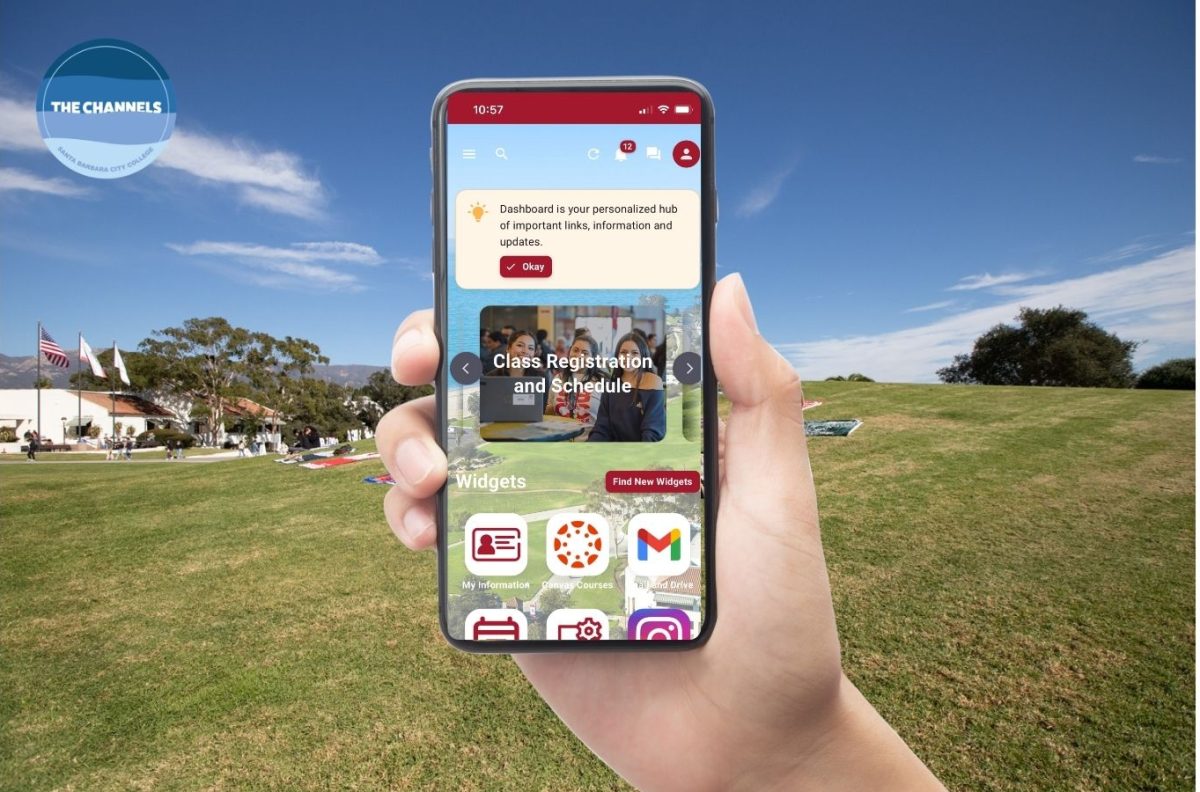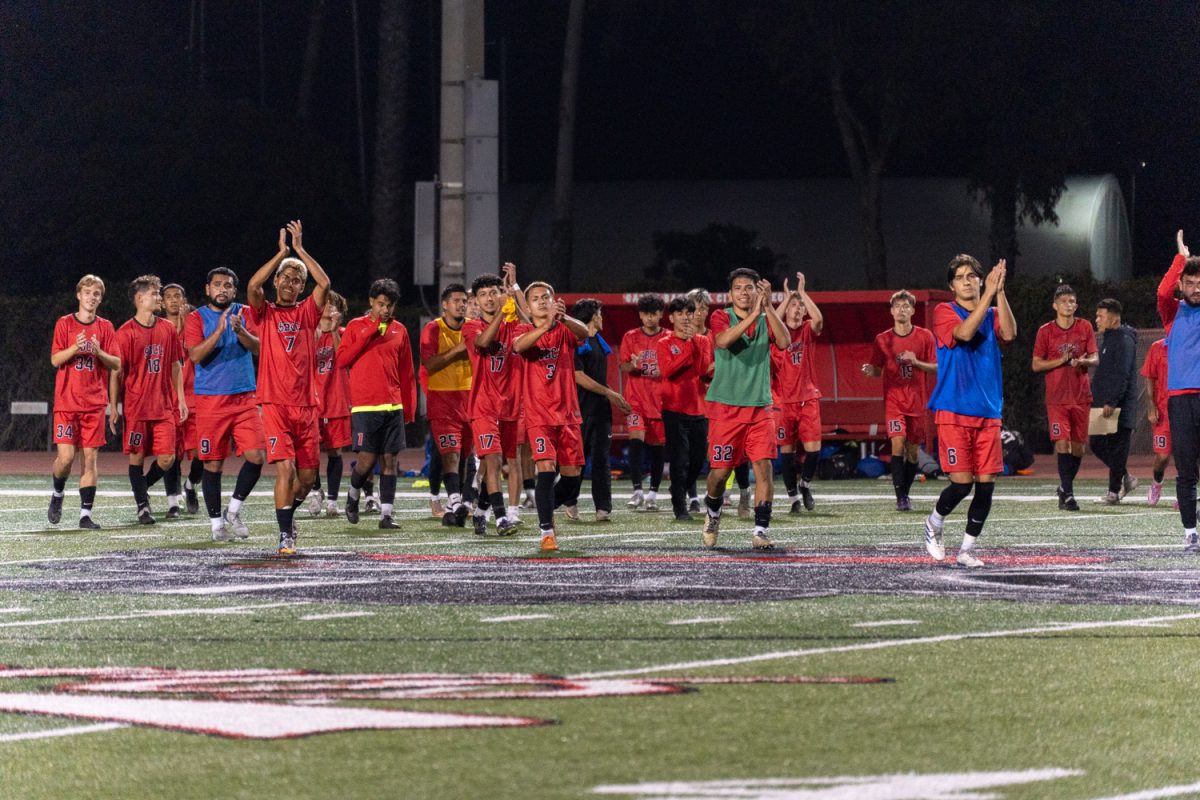As online social networking is becoming an increasingly common form of communication, cases of text and social media harassment at City College have risen to an all-time high.
A total of 32 percent of harassment reports filed with the Campus Security escalated online, a number that has more than doubled since 2018.
“Harassment via social media is very common because people feel empowered and are almost anonymous,” said Title IX and Gender Equity Coordinator Linda Esparza Dozer.
She compared online harassment to that of wearing a costume where people hide their identity, much like many social media users are able to do.
City College has seen an increase in the number of reports of harassment over text and social media because many users feel that they can get away with derogatory and insulting words when these are expressed through the internet.
Last year, four out of 31 cases of harassment have occurred over text and social media, a total of 13 percent of all cases. However, in 2017 the number of online harassment was also at a high, as it reached 31 percent.
Dozer, who is also a former FBI agent, emphasized that students often come to her with harassment cases regarding threats over social media, sexual harassment, stalking and inappropriate pictures.
When harassment becomes a crime, there are two California Penal Codes it can categorize as, sections 422 and 653m PC.
The first one is a felony that accounts for the “threat of death or great bodily injury,” whereas the second one is a misdemeanor including “harassing and annoying behavior” over the phone.
City College student Marianela Rodriguez had a long back-and-forth text message altercation with a woman who is now with her ex-husband.
“She sent my husband an email saying she was looking for a house [for them] to move [in],” said Rodriquez, who contacted the woman to let her know that she was engaging with a married man.
However, Rodriguez later found out that her husband had been cheating on her for six months with that woman.
The woman started texting Rodriguez. “She tried to become friendly with me,” she said.
“She knew me and my husband weren’t on a good point in life and she got on my head,” said Rodriguez.
The two women texted back and forth multiple times and at one point restriction orders and legal action were discussed.
“Lawyers said, you can’t use courts for these kinds of things,” Rodriguez explained. “I won the case.”
Director of Security Erik Fricke believes that the problem with social media and texting is that people tend to be more aggressive and insulting online compared to face to face interaction.
“When we have conversations face to face we interact differently, on a more personal level,” said Fricke.
If students are engaged in a non-threatening conversation they don’t want to continue, Fricke said to “stop, delete or block them out.”
“They [students] need to report it and not respond back in a threatening and harassing tone,” said Fricke in regards to threatening messages.
Dozer highlighted that harassment most often occurs between people who know each other and advises students to “be mindful of privacy settings and who you’re engaging with.”
Dozer further explained that it’s never someone’s fault that they’re being harassed, but that these tips are common sense aspects that can “reduce, prevent and eliminate harassment.”
“We don’t have crystal balls to determine someone’s character,” said Dozer.














